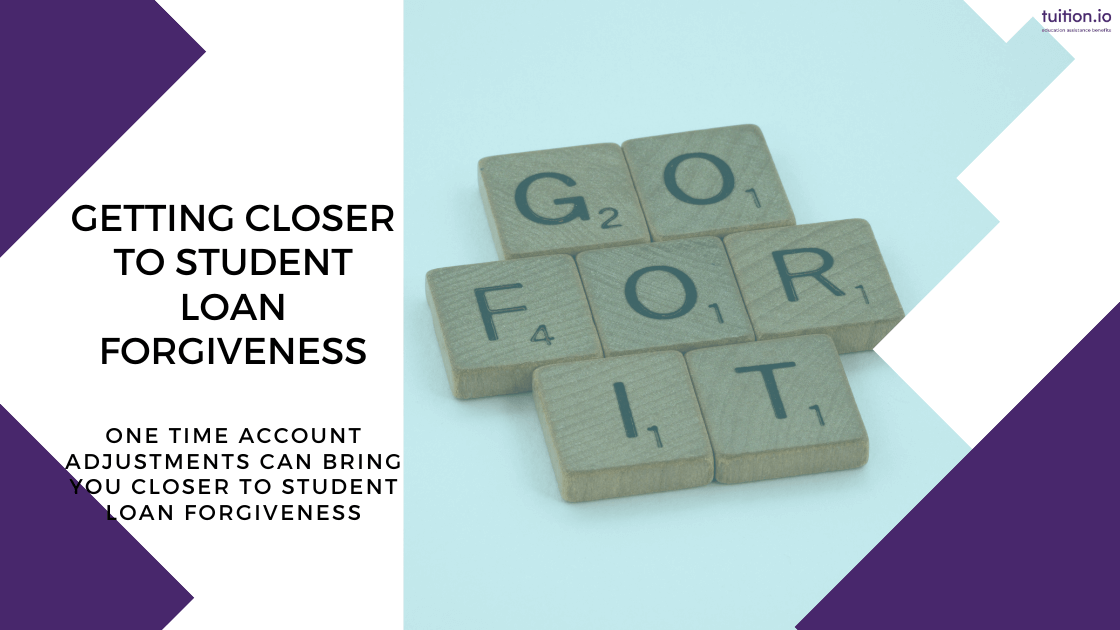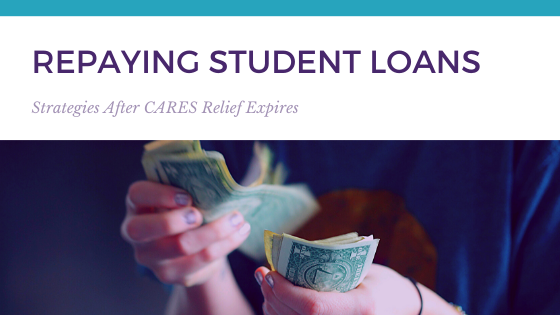Account Adjustments Bring You Closer to Student Loan Forgiveness
The Department of Education recently announced a second chance at student loan forgiveness for many borrowers through one time account adjustments....

Hi I’m wondering if you can talk me through if I’m going to actually get Public Service Loan Forgiveness. I’ve seen a lot in the news about people getting denied and I’m worried.
Only about 1% of the borrowers who applied have had loans forgiven under Public Service Loan Forgiveness (PSLF). That’s enough to cause any borrower to worry. What the statistic doesn’t show are the reasons borrowers were denied forgiveness. I’ll talk through exactly what you need to check off to get your loans forgiven under PSLF.
Confirm you meet the PSLF requirements and take steps to stay on track for PSLF. This sets you up for loan forgiveness success.

The Department of Education recently announced a second chance at student loan forgiveness for many borrowers through one time account adjustments....

The Department of Education is still conducting one-time account adjustments and extended the consolidation deadline to April 30, 2024. The article...

Please note an executive order signed 08/08/2020 continues the student loan relief through 12/31/2020. This article has been updated to reflect the...